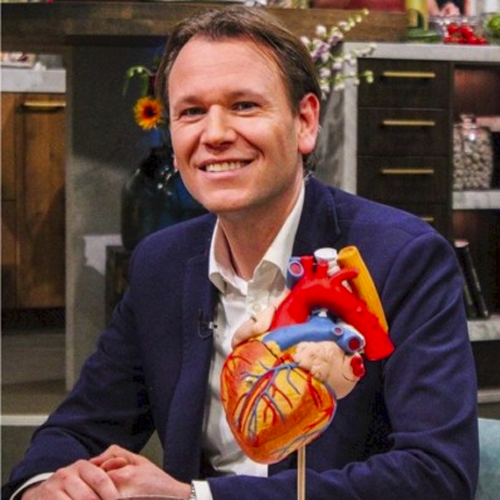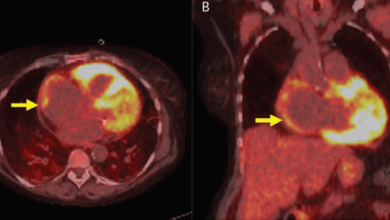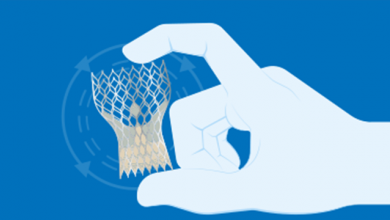Search results
Author(s):
Mark Young Lee
,
Srinath Chilakamarri Yeshwant
,
Sreedivya Chava
,
et al
Added:
3 years ago
Aortic stenosis (AS) is the most common valvular heart disease in industrialised countries with a prevalence of about 5 % in the general population aged greater than 75 years. During the past decade, transcatheter aortic valve replacement (TAVR) has emerged as a valuable, minimally invasive treatment option for patients presenting with symptomatic severe AS, who due to their advanced age and…
View more
Author(s):
Mark E Josephson
Added:
3 years ago
In patients with syncope or episodes of palpitations and heart disease, an electrophysiology study (EPS) may be of value by means of potential induction of sustained ventricular tachyarrhythmias.1,2 Programmed ventricular stimulation may be useful in the context of risk stratification of ischaemic patients with left ventricular ejection fraction (LVEF) 30–40 %, and there has been some evidence…
View more
Kevin Vernooy
Research Area(s) / Expertise:
Job title: Head of Cardiology
Author
Author(s):
Sotiris C Plastiras
,
Haralampos M Moutsopoulos
Added:
3 years ago
Author(s):
Nisha Gilotra
,
David Okada
,
Apurva Sharma
,
et al
Added:
3 years ago
Sarcoidosis is an inflammatory granulomatous disease that can affect any organ. Systemic sarcoidosis is known to affect young adults, with a second peak in women >50 years of age, as demonstrated in Scandinavian and Japanese studies.1–4 In the US, the lifetime risk of sarcoidosis is 2.4% for black people and 0.85% for white people.1 The incidence of cardiac involvement has been increasingly…
View more
Author(s):
Rohil Bedi
,
Ali Ahmad
,
Piotr Horbal
,
et al
Added:
7 months ago
Author(s):
Demosthenes G Katritsis
Added:
3 years ago
Although the exact circuit of atrioventricular nodal re-entrant tachycardia (AVNRT) still eludes us, AVNRT is the most common regular arrhythmia in humans, and therefore the most commonly encountered during ablation attempts for regular tachycardias.1–4 Catheter ablation for AVNRT is the current treatment of choice in symptomatic patients. It reduces arrhythmia-related hospitalisations and costs,…
View more
EPS in TAVI Patients
Author(s):
Oholi Tovia-Brodie
,
Yoav Michowitz
,
Bernard Belhassen
Added:
3 years ago
Article
Author(s):
Henry Chubb
,
Mark O’Neill
,
Eric Rosenthal
Added:
3 years ago
Device therapy is increasingly employed in the management of complex congenital heart disease (CHD). Bradycardias, most often related to sinus nodal dysfunction (SND) or atrioventricular nodal (AVN) block, may necessitate the implantation of pacing devices, while malignant arrhythmias may be treated by appropriate use of implantable cardioverter defibrillators (ICDs). However, there is a complex…
View more

















